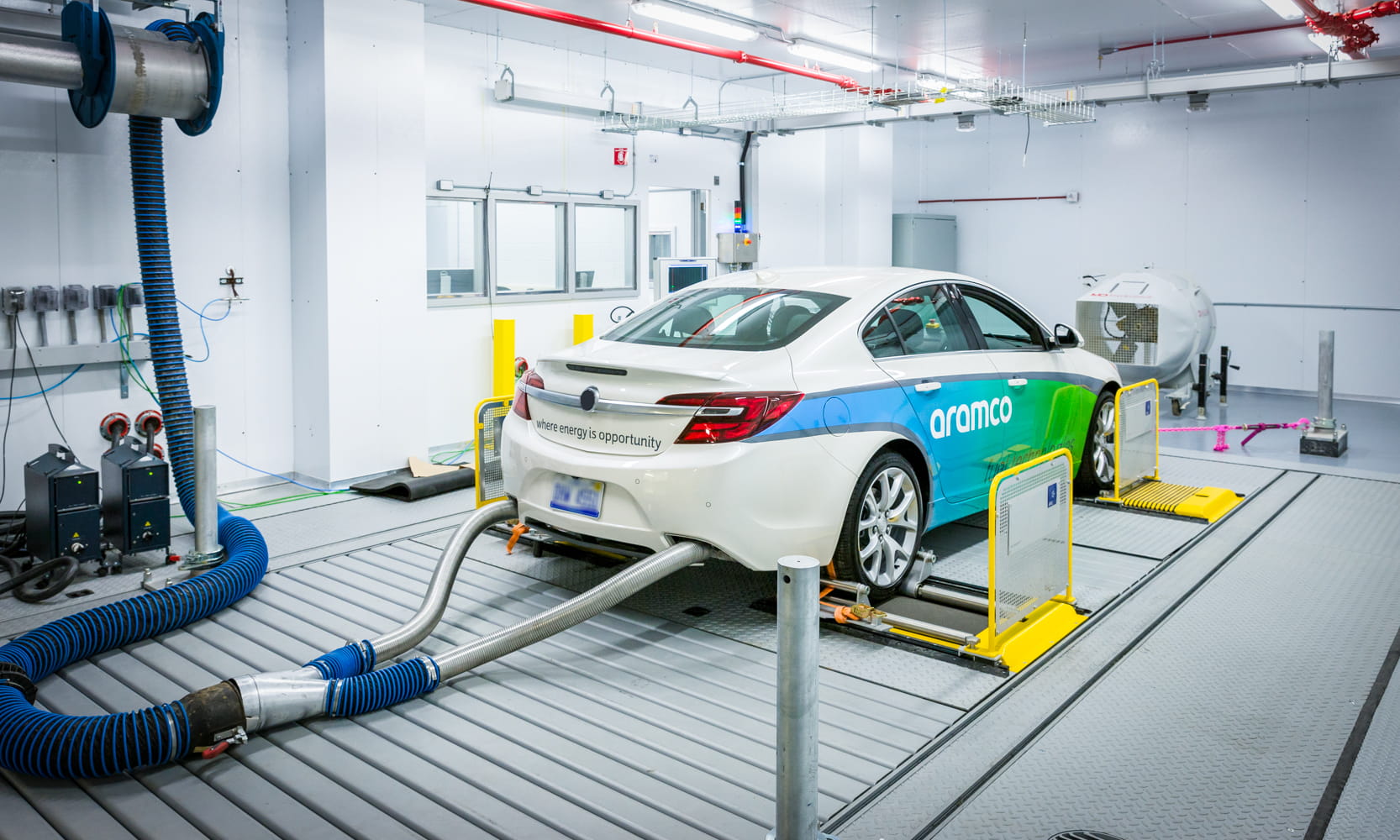
Transportation
We are working to create breakthrough transportation technologies that have the potential to reduce emissions.
Discover more about our transportation innovation projects and programs below.

Discover more about our transportation innovation projects and programs below.